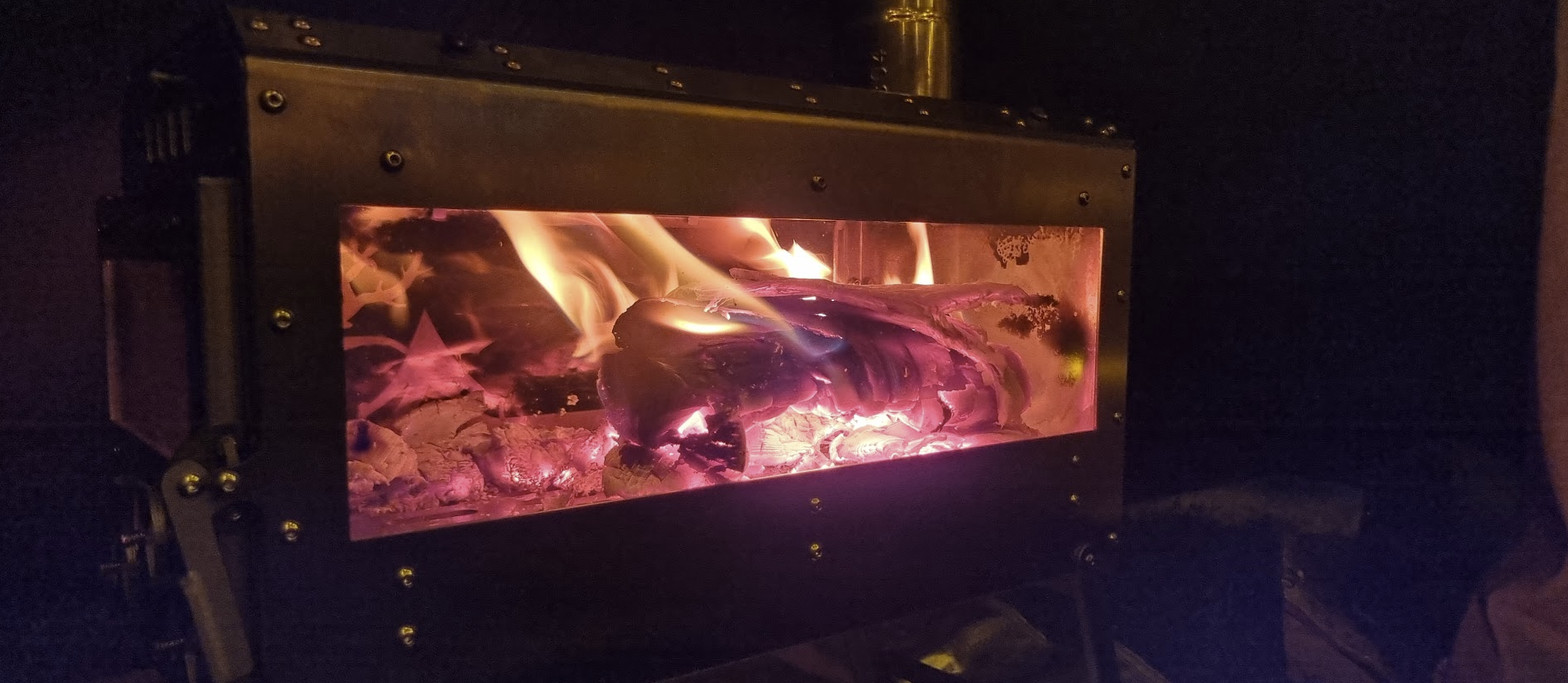Temperatur og luftfughthet går hånd i hpnd
Det er fascinerende å observere det uomtvistelige forholdet mellom temperatur og fuktighet inne i et telt. -6 grader Celsius ute. 40 grader Celsius inne i teltet. .. .![]()
![]() .
.

Fra venstre ser vi forskjellen mellom utetemperaturen og temperaturen inne i teltet. Temperaturen inne i teltet registreres fra klokken 19:15 til 20:45 etter at ovnen er satt i gang. Til høyre ser vi data for luftfuktigheten.
Observasjonen av luftfuktigheten er spesielt interessant ved starten av målingene. Det ser ut til at når snøen rundt teltet smelter, oppstår et unikt og uventet mønster i luftfuktigheten. Smeltingen av snøen utenfor teltet ser ut til å påvirke omgivelsene inne i teltet og påvirker luftfuktigheten på en måte som genererer det noe uventede diagrammet. Som det fremgår av diagrammet: Luftfuktigheten synker først når temperaturen stiger, deretter øker den før den til slutt jevnt avtar sammen med den økende temperaturen.
Videre viser diagrammene tydelig at når temperaturen stiger, øker luftens kapasitet for å holde på fuktighet. Dette fenomenet kalles metningspunktet. Når luften varmes opp, kan den beholde mer vanndamp før den når metning. Derfor reduseres den relative luftfuktigheten, som representerer forholdet mellom den faktiske mengden fuktighet i luften og den maksimale mengden den kan holde ved den temperaturen.
Med andre ord, når det blir varmere, kan luften holde på mer vanndamp uten å nå metningspunktet. Selv om den faktiske mengden fuktighet forblir konstant, reduseres den relative luftfuktigheten fordi luften har en høyere kapasitet for fuktighet ved høyere temperaturer. Dv.s at luften føles og er tørrere i takt med at tempetauren øker.















